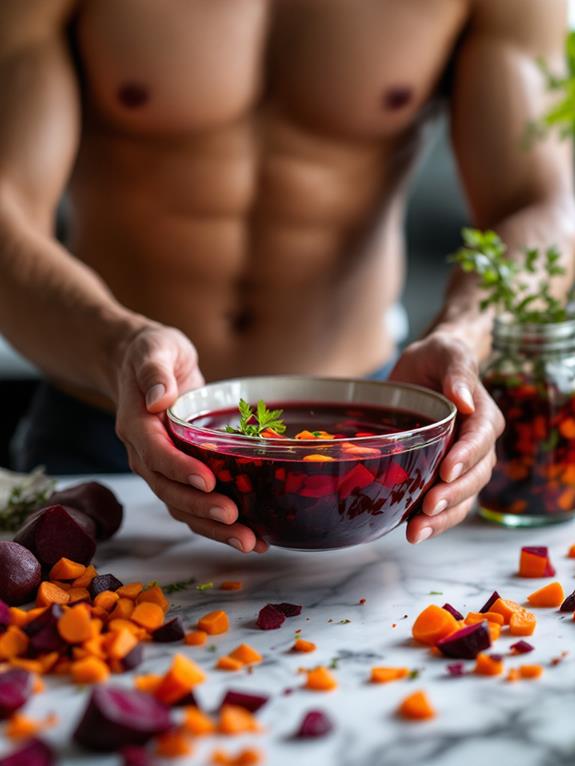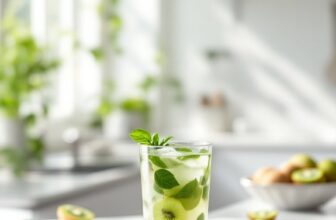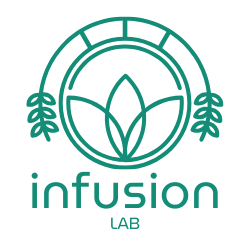
Unlock the Power of Plants: Crafting Your Own Healing Vegetable Infusions
Table of Contents
- Unlock the Power of Plants: Crafting Your Own Healing Vegetable Infusions
- The magic of Slow Extraction: How Vegetable infusions Work
- Crafting Your Own Healing Infusion: A Step-by-Step Guide
- Beyond the Basics: Elevating Your Infusion Game
- Real-World Applications: Harnessing the Power of Vegetable Infusions
- FAQs: Demystifying Vegetable Infusions
Have you ever wondered how to harness the potent healing properties of vegetables beyond simply eating them? Enter the world of vegetable infusions – a simple yet powerful technique that allows you to extract and concentrate the vitamins, minerals, and phytonutrients found in your favorite veggies.
This ancient practice, used for centuries in traditional medicine systems around the globe, is experiencing a resurgence as people seek natural ways to boost their health and well-being. Vegetable infusions are incredibly versatile, offering a delicious and nourishing way to enhance your culinary creations while supporting your body’s innate healing abilities.
The magic of Slow Extraction: How Vegetable infusions Work
Unlike fast cooking methods that can degrade delicate nutrients, vegetable infusions rely on gentle simmering in oil or water to slowly draw out the beneficial compounds. This process allows for a deeper extraction of vitamins, minerals, antioxidants, and phytonutrients, resulting in a concentrated liquid brimming wiht health-promoting properties.
Think of it as creating a “vegetable elixir” – a potent blend tailored to your specific needs. Want to soothe inflammation? Infuse turmeric and ginger.Looking for immune support? Try garlic and onions. Need a boost of energy? Experiment with beets and carrots. The possibilities are endless!
Crafting Your Own Healing Infusion: A Step-by-Step Guide
Ready to embark on your infusion journey? Here’s a simple guide to get you started:
1. Choose Your Vegetables Wisely: Opt for organic, seasonal vegetables whenever possible. Consider their individual properties and the desired health benefits.
Anti-inflammatory Powerhouses: Turmeric, ginger, garlic
Immune Boosters: Onions, garlic, mushrooms
digestive Aids: Fennel, ginger, chamomile
Energy Enhancers: Beets, carrots, spinach
2. Prepare Your Ingredients: Wash and chop your vegetables into small pieces to maximize surface area for extraction.
3. Select Your Infusion Medium:
Oil Infusions: Ideal for fat-soluble vitamins (A, D, E, K) and creating flavorful cooking oils. Use high-quality olive oil, avocado oil, or coconut oil.
Water Infusions: Perfect for extracting water-soluble vitamins and minerals.
4. Simmer Gently: Combine your chopped vegetables with the chosen medium in a saucepan.Heat over low heat, allowing the mixture to simmer gently for 30 minutes to an hour.Avoid boiling, as this can degrade nutrients.
5. Strain and Cool: Once the infusion is complete, strain the liquid through a fine-mesh sieve or cheesecloth, pressing gently on the vegetables to extract all the goodness. Allow the infusion to cool entirely before storing.6. Store Properly: Transfer your cooled infusion to sterilized glass jars. Label with the date and contents. Store in a cool, dark place for up to two weeks.
Beyond the Basics: Elevating Your Infusion Game
Experiment with Flavor Combinations: Don’t be afraid to get creative! Combine different vegetables to create unique flavor profiles and maximize nutritional benefits.
Add Herbs and spices: Enhance your infusions with aromatic herbs like rosemary, thyme, or oregano for added flavor and therapeutic properties.
Infuse Vinegar: For a tangy twist, infuse apple cider vinegar with vegetables like onions, garlic, and peppers. This creates a flavorful condiment perfect for salads and marinades.
Real-World Applications: Harnessing the Power of Vegetable Infusions
Vegetable infusions are incredibly versatile and can be incorporated into your daily routine in countless ways:
Culinary Creations: Drizzle infused oils over roasted vegetables, pasta dishes, or salads. Use infused water as a base for soups, stews, or sauces.
* Wellness Boosters: Sip on warm infused water throughout the day for hydration and a dose of nutrients. Add a spoonful to smoothies for an extra nutritional punch.
Case Study: Turmeric Ginger Infusion for Joint Pain Relief
Sarah, a 50-year-old yoga instructor, struggled with chronic joint pain. After incorporating a daily turmeric ginger infusion into her routine,she noticed a meaningful reduction in inflammation and discomfort. The potent anti-inflammatory properties of these vegetables helped soothe her joints and allowed her to return to her active lifestyle.
FAQs: Demystifying Vegetable Infusions
1. How long do vegetable infusions last?
Stored properly in sterilized glass jars in a cool, dark place, vegetable infusions can last for up to two weeks.
2. Can I reuse the infused vegetables?
While you can technically reuse the vegetables, they will have lost a significant portion of their nutrients during the infusion process.It’s best to discard them and start fresh with new ingredients.
3. Are vegetable infusions safe for everyone?
Generally,vegetable infusions are safe for moast people. However, individuals with specific allergies or medical conditions should consult with their healthcare provider before consuming them.
By embracing the art of vegetable infusions, you unlock a world of natural healing and culinary creativity. Experiment with different flavor combinations, explore the unique properties of various vegetables, and discover the transformative power of these simple yet potent elixirs.







